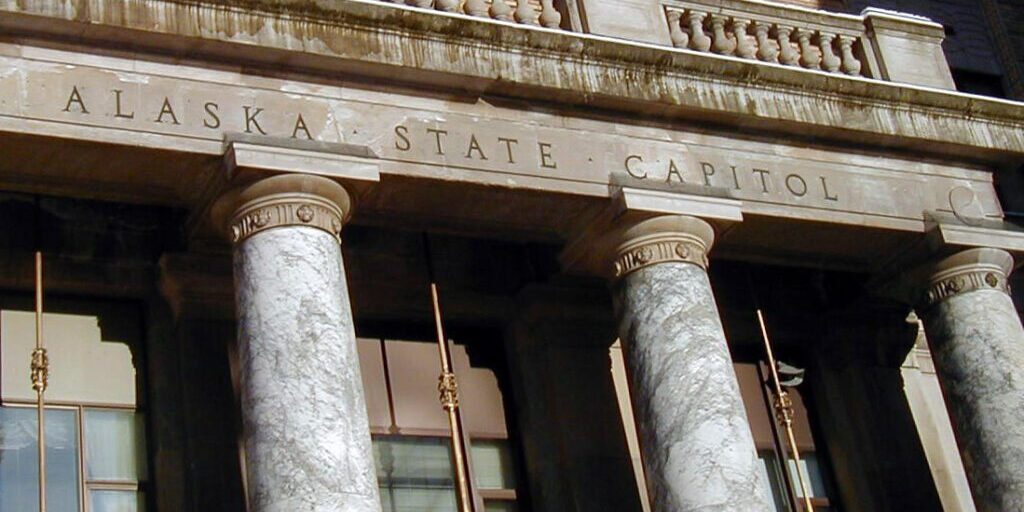House Bill 26, is seeking to rename the Alaska Native Language Preservation and Advisory Council as the Council for Alaska Native Languages. It would also increase the number of voting seats on the council from five to seven.
The bill was heard for a second time — with public testimony — in the House Tribal Affairs Special Committee on Monday, March 13.
The bill comes with a price tag of $10,000 in state budget funding. The author of the bill, Rep. Andi Story explained what the money would be used for.
“The reason the money for the council is at $10,000 for travel (and) is in the Department of Commerce and Community and Economic Development, it’s because travel costs in statute for the council are covered,” Story said.
Under state law, Alaska is home to 20 recognized Indigenous languages. An amendment put forth by Story would increase that number to 23 by including Wetaɬ, Cupik and would recognize a Tanana language.
Miranda Worl, a staffer for Rep. Story, explained the amendment to committee members.
“The amendment would add Wetaɬ to the list of official languages, it would add Cupik, which is currently listed as a subgroup under Central Alaska Yupik, which is in statute,” Worl said. “And the bill would distinguish two distinct Dene languages currently referenced as Tanana languages in statute and break that apart into the Lower Tanana and Middle Tanana languages.”
Public testimony on the bill came from Walkie Charles, the director of the Alaska Native Language Center at the University of Alaska Fairbanks.
“Changing it to the Council for Alaska Native Languages provides a clear and understandable title for every Alaskan to recognize, especially our language bearers, on who we rely on to sustain and maintain all our heart languages of Alaska,” Charles said.
Representative C.J. McCormack of Bethel, the committee chair, set an amendment filing deadline for Thursday, March 16 at 5 p.m. The next House Tribal Affairs Special Committee meeting is set for Monday, March 20 at 3:30 p.m.
As of 2022, Alaska Native language programs existed in 10 Bering Strait regional communities at the elementary through high school level and beyond, according to a council report.
Image at top: The state capitol building in Juneau. Photo by Kenneth John Gill, Wikimedia Commons.




